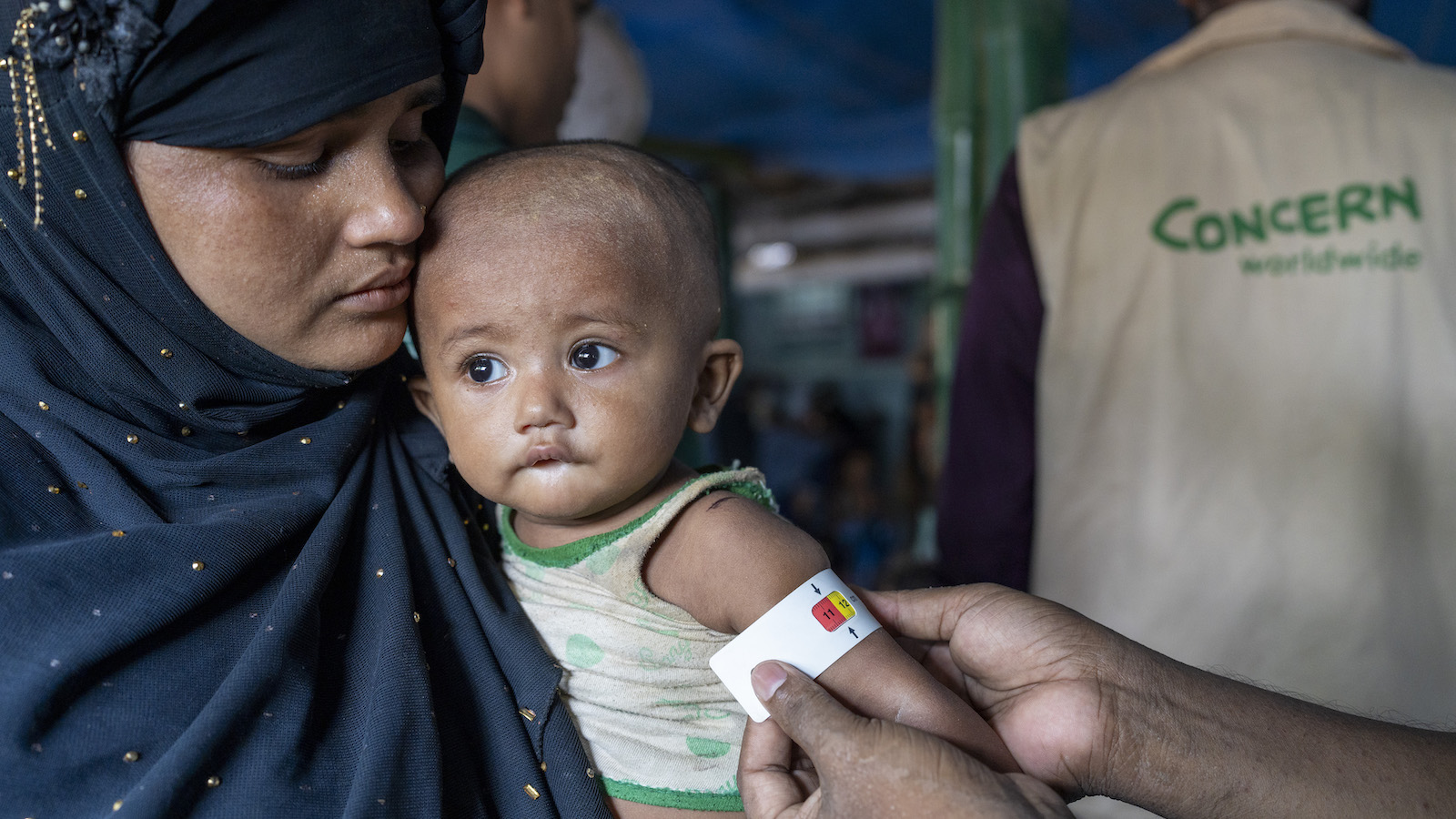Hunger is defined as an uncomfortable or painful physical sensation caused by insufficient consumption of dietary energy. We know it as the pangs we get when we don’t eat, or don’t eat enough. But when does this go from being an uncomfortable feeling to a global crisis?
When hunger happens on a regular basis, it becomes chronic. From there, a host of issues follow in its wake. For individuals, these issues can be fatal. But that’s not the whole story — hunger can also be catastrophic for communities, countries, and the world at large.
From the individual to the international, these are eight areas where the effects of hunger hit hardest.
1. The short-term effects of hunger
We’ve all felt at least some of these physical symptoms when we’ve gone too long without eating, like headaches, dizziness, fatigue, and feeling weak. We’ve also experienced some of the mental and emotional symptoms of hunger: difficulty concentrating, irritability, anxiety, confusion, and brain fog.
These symptoms generally go away once we’ve had time to eat and digest. But if they happen consistently, they can become a chronic problem.
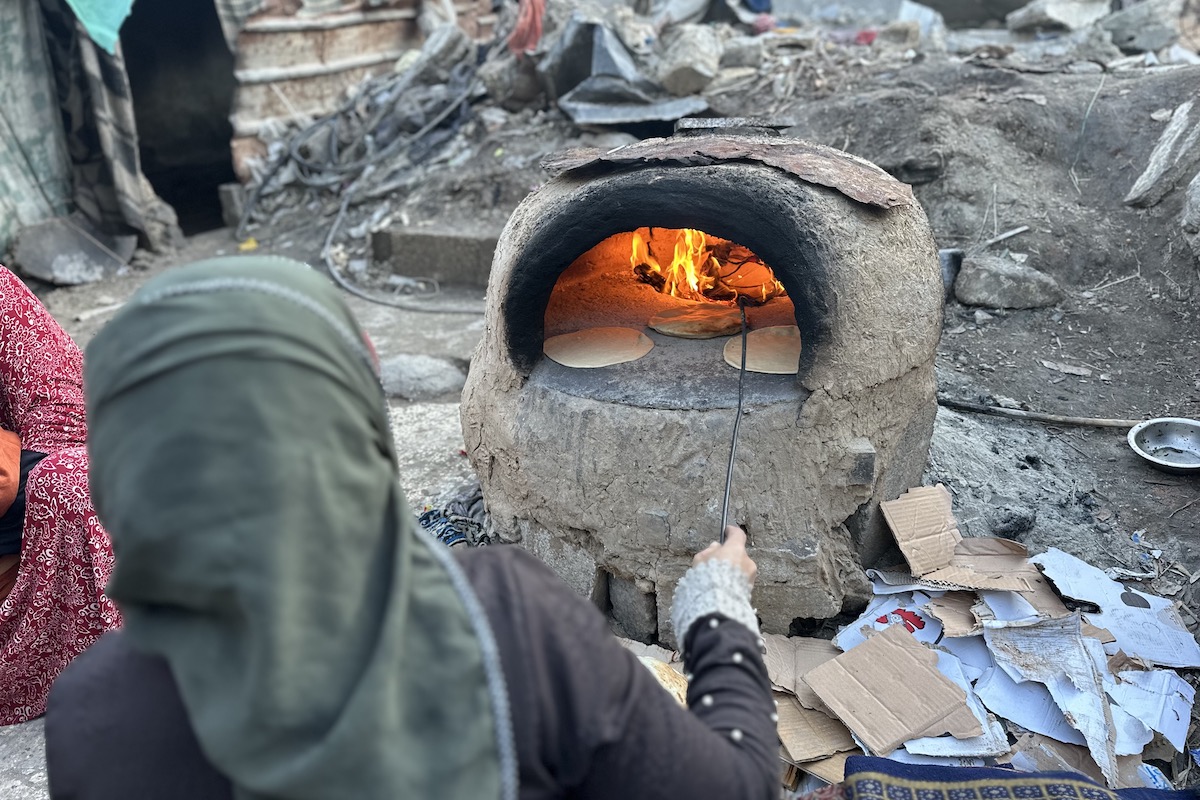
2. How hunger affects the human body
You might remember from school that the mitochondria is the powerhouse of the cell. That’s because it’s the part of a cell that breaks down food molecules and turns them into energy.
Mitochondria break down fat molecules into fatty acids, protein molecules into amino acids, and carbohydrate molecules into glucose. These three molecules become the energy currents for our cells, and when we run out of one our body turns to the others.
Stage 1: Glucose
Stored in the liver, the body uses glucose as its primary energy source. Glucose burns the fastest, meaning that the energy is readily available. Certain parts of the body (like red blood cells and the central nervous system) rely exclusively on glucose. Other parts, like the brain, rely on it heavily as well.
Stage 2: Fat
After 12 to 16 hours of not eating, the body will run out of its glucose reserves and turn to burning fat for energy. This is a stage you may know as ketosis. During ketosis, energy levels begin to drop as fat takes longer to process. The lack of glucose also means that brain fog increases and the central nervous system slows down.
Stage 3: Muscle
Depending on how much fat the body has, the body will then turn to muscle and protein for fuel. This can happen within a few days for bodies without a lot of fat. Within a week of fasting, muscle mass begins to drop significantly, as does bone mass.
Stage 4: Organs
As a last resort, the body will turn to breaking down its own organs for fuel. This can lead to irreversible damage to major organs, if not complete failure and death. At this point, a person’s immune system will weaken to the point that they can’t fight off illness or heal wounds. It’s this vulnerability to infections that usually leads to a person starving to death moreso than the actual lack of food itself.
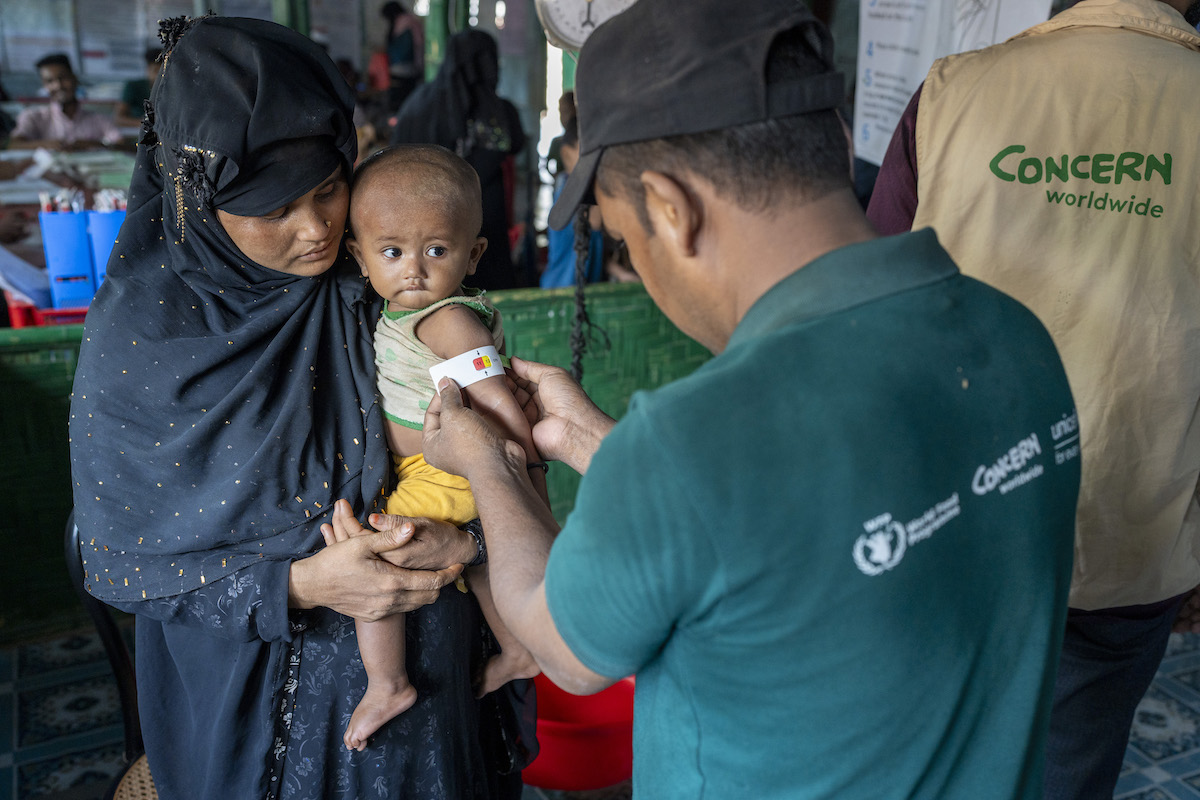
3. How hunger affects children
Children go through the same stages of hunger into starvation as adults. However, because their bodies aren’t fully developed, they’re far more vulnerable. (The same is true for the elderly and immunocompromised.)
Immune systems are among those that aren’t yet developed, leaving children far more likely to become sick or infected as their bodies go through the phases of starvation. This is one of the reasons that famines can become so deadly: It’s not just about hunger; it’s also about the prevalence of illnesses and other physical risks that will be compounded by the effects of hunger.
If a child survives malnutrition, they can still face a lifetime of repercussions. The first 1,000 days of a child’s life are especially key to ensuring the proper development of their body and organs. If something goes wrong in this time, the effects of hunger may lead to stunting, wasting, compromised organ function, a weakened immune system, and other chronic diseases like diabetes and hypertension.
4. The mental and psychological effects of hunger
In 2018, researchers at Canada’s University of Guelph proved that hanger isn’t just a buzzword. Depleted glucose levels lead to increased stress and depression. Thomas Horman, who led the study, writes:
“Poor mood and poor eating can become a vicious cycle in that, if a person isn’t eating properly, they can experience a drop in mood, and this drop in mood can make them not want to eat. If someone is constantly missing meals and constantly experiencing this stressor, the response could affect their emotional state on a more constant level.”
There’s also the overall psychological distress of food insecurity. Multiple reports have established a link between food deprivation and both anxiety and post-traumatic stress disorder, even after a family gains food security.
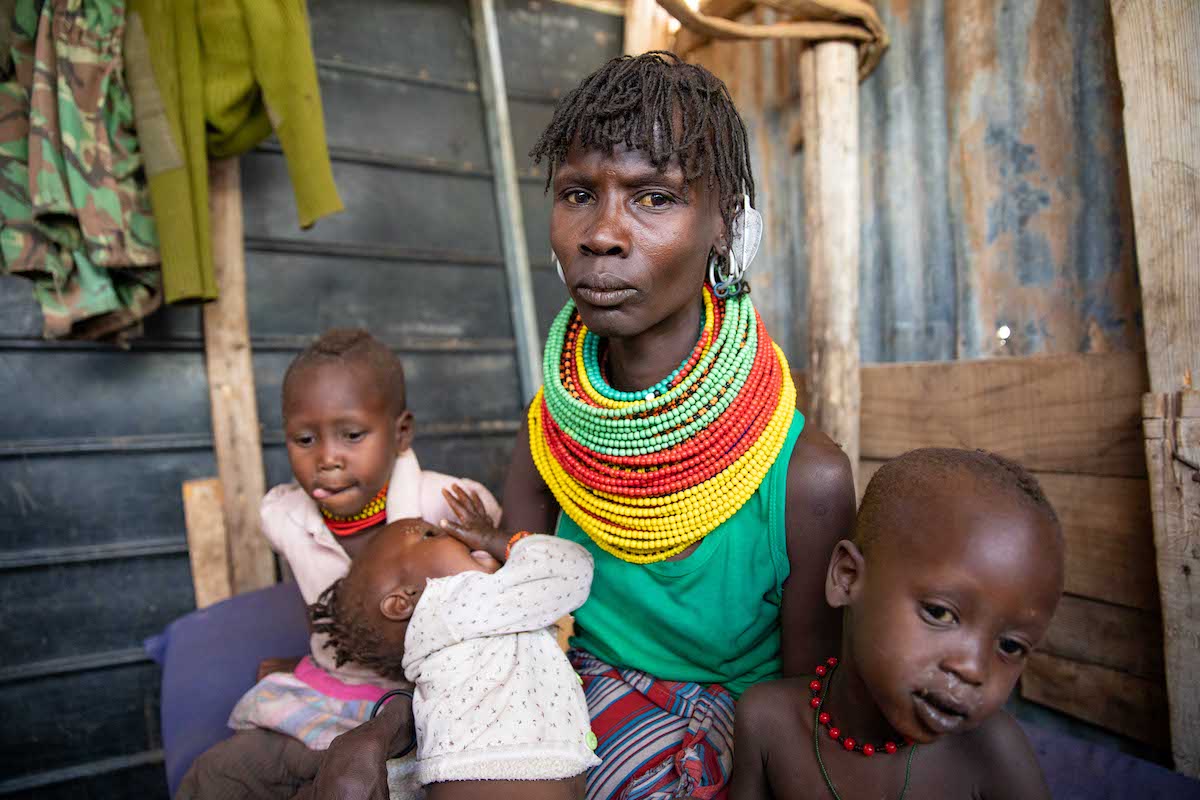
5. The effects of hunger on learning
The mental effects of hunger also extend to education, especially for children. One study from 2022 surveyed nearly 338,000 students across 95 countries. It’s one of the most significant studies of its kind, and it paints a clear picture of how hunger affects learning.
Across countries, undernourished students had lower grades, more absences, and poorer memory-retention. They faced more incidents of bullying, chronic loneliness and worrying, and high-risk behaviors.
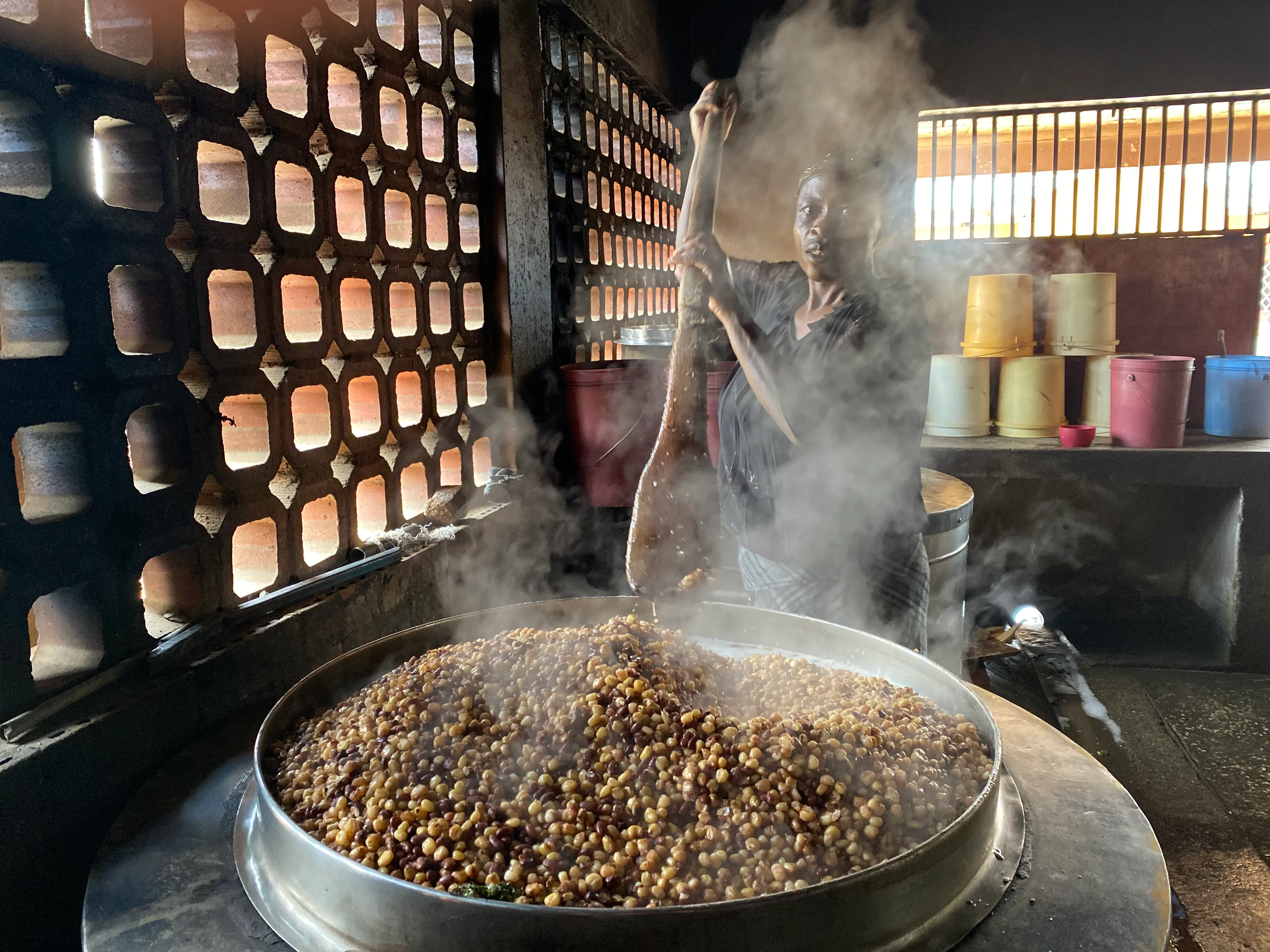
6. The effects of hunger on society
Hunger’s effects go beyond individuals and families. Communities and even entire countries can suffer more during a hunger crisis.
Hunger can escalate violence and conflict
Conflict leads to hunger, but hunger can also lead to conflict. As violence escalated in Haiti through 2019, for example, the UN predicted a nearly 10% increase in hunger levels for 2020. By the beginning of 2021, the increase in Haitians without adequate food was closer to 20%.
Hunger breaks up families and communities
Hunger is a key cause of forced migration, influencing a family’s decision on when and where to move. In some cases, fathers and older sons will leave in order to make money to send home, creating a knock-on effect of challenges for those they leave behind. In other cases, entire families will move and live in tenuous circumstances.
A hunger crisis can threaten local infrastructure and public health
When hunger reaches crisis levels, the resources needed to address it often go beyond what local infrastructure can offer. Health systems are overwhelmed with nutrition-related cases — as well as other diseases.
Hunger can affect an entire country’s economy
In countries with high rates of hunger (many of which also have high rates of poverty), hunger can have an effect on the national economy. In Ethiopia, for example, it’s estimated that hunger contributes to GDP losses as high as 16%.

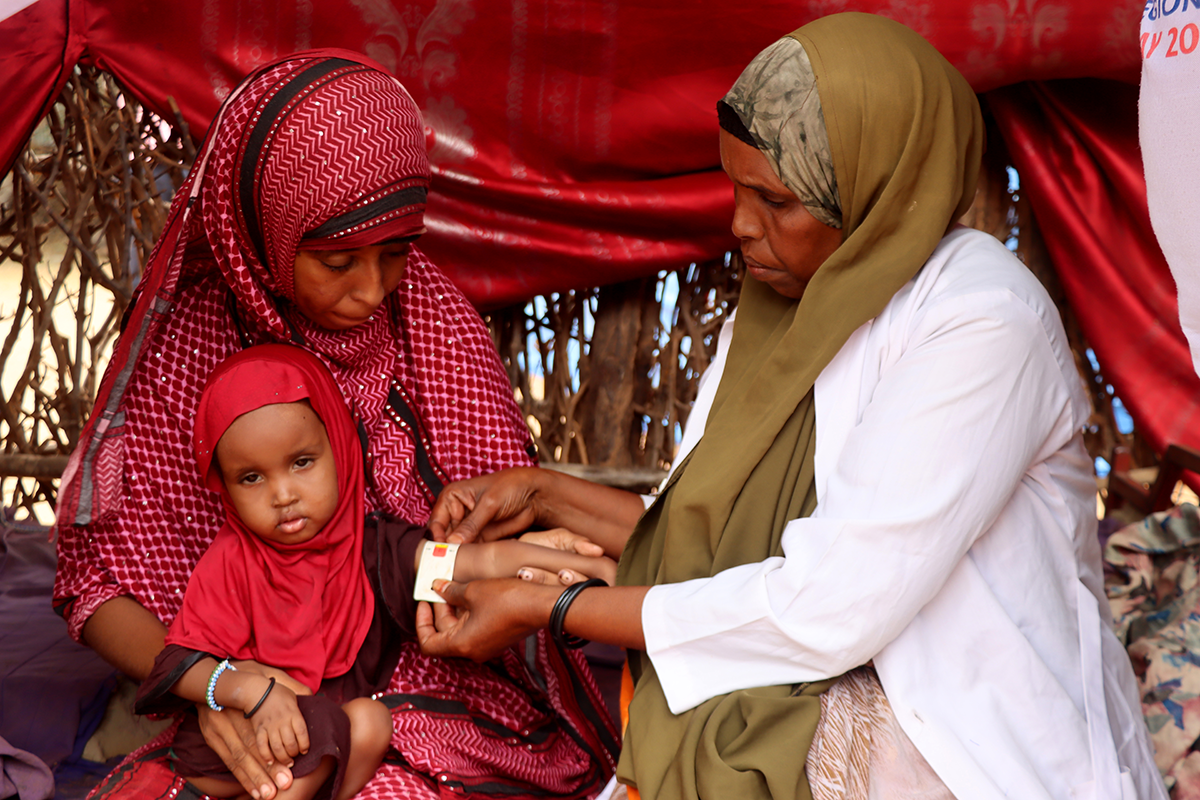
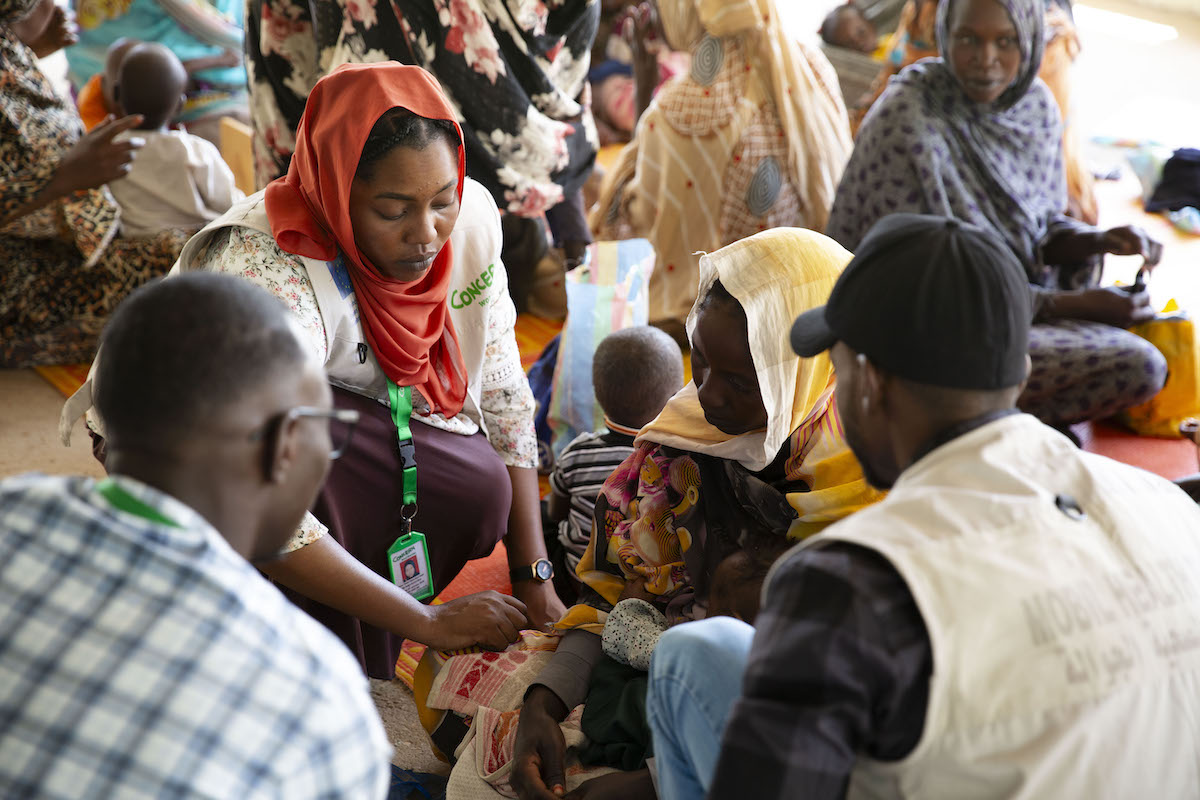
7. Hunger is preventing us from meeting many of the Sustainable Development Goals
The second of the UN’s 17 Sustainable Development Goals is to end hunger, achieve food security and improved nutrition, and promote sustainable agriculture. It’s second only to ending poverty, and it’s a key goal because so many of the other SDGs hang on ending hunger and improving both food and nutrition security.
Quality education (Goal Number 4) will be difficult to achieve if students can’t focus in class because they’ve skipped breakfast and lunch. Promoting peaceful and inclusive societies (Goal Number 16) will also be impossible without resolving the food disparities that often lead to conflict.
These goals depend on one another to be achieved, and food security is one of the key lynchpins to ensure that both the causes and effects of hunger are mitigated.
8. The intergenerational effects of hunger
Like the cycle of poverty, hunger can also be cyclical, passed on from one generation to the next. Malnourished mothers have a higher risk of giving birth to babies with more health challenges, including low weight and nutrient deficiencies.
Children who are stunted (low height for age due to malnutrition) are statistically more likely to become adults with reduced earning potential. This means they’re at a higher risk for living in poverty, perpetuating hunger as they have their own families. It’s a vicious cycle, but it’s also one that we can break.
Concern’s work to end hunger
From Afghanistan to Yemen, Concern’s Health and Nutrition programs are designed to address the specific, intersectional causes of hunger and malnutrition in each specific context. Our projects often combine two or more of the following areas of focus: agriculture and climate response, maternal and child health, education, livelihoods, and water, sanitation, and hygiene (WASH).
We played a key role in developing Community Management of Acute Malnutrition (CMAM), which has been recognized by the World Food Program as the gold standard for treating malnutrition. Other recent successes, like Lifesaving Education and Assistance to Farmers (LEAF) have seen entire communities not needing humanitarian food aid for the first time in decades due to holistic and systemic shifts in agricultural practices and community care.
Last year alone, Concern reached 5 million people with health and nutrition programs in 16 countries. Your support can help us to do even more in the year ahead.

